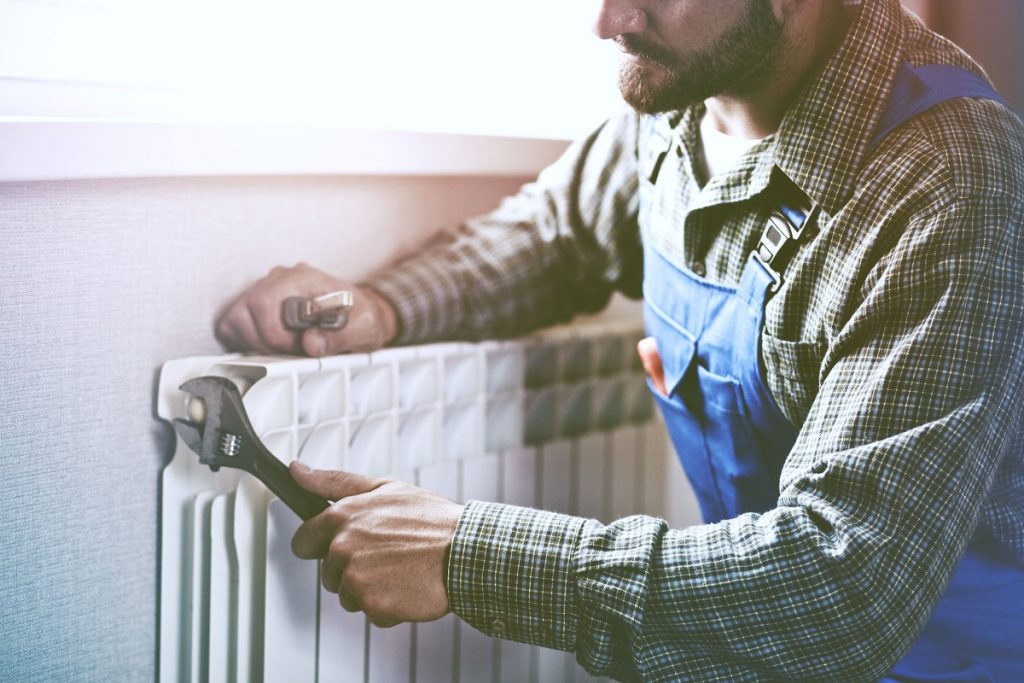- Homeowners need privacy to protect themselves from threats like burglars and noise pollution.
- A well-designed security system can deter intruders using visible and invisible elements.
- Secure locks and access control devices, like keypads or motion-activated lights, can help keep homes safe.
- Installing window blockers and privacy window films can prevent forced entry while blocking direct sunlight.
- An emergency kit with a panic button or direct line to local authorities will ensure safety in an emergency.
The importance of privacy for homeowners cannot be overstated. It offers a sense of security and peace of mind and can be beneficial in many other ways. Privacy can help keep a home safe from outside threats such as burglars, providing an additional layer of protection for valuable possessions and family members. It can also offer a space to relax away from the hustle and bustle of everyday life, allowing homeowners to recharge and unwind.
Statistics pointing to the prevalence of break-ins support the need for privacy among homeowners. According to the Federal Bureau Of Investigation (FBI), an estimated 1.5 million burglaries were reported last year. Furthermore, nearly three out of four burglaries occurred in residential areas, showing how prevalent this type of crime is today.
Privacy also offers a level of protection against outdoor noise pollution, which can have detrimental effects on health and well-being if ignored. Studies have shown that noise pollution has been associated with increased stress levels and insomnia. In contrast, others have linked it to cardiovascular disease and mental health issues such as depression and anxiety.
If you want to create a private home, here are a few projects to pursue.
The Intimidation Devices

A solid security system can be a great way to deter thieves or trespassers from entering your residential property. With the prevalence of home burglaries, homeowners need to take steps to protect their homes from intruders. A well-designed security system should include features that are both visible and invisible to potential burglars, ensuring that your home is protected at all times.
Visibly Discourage Intruders
The first step in deterring intruders has visibly discouraging features. Installing a fence around the perimeter of your property is one way to do this. This will help create a barrier between your home and those wishing to enter it without permission. Additionally, you can install motion-activated lights around the exterior of your property, which will turn on when someone approaches, making it difficult for them to remain unseen.
Invisible Security Systems
In addition to visible deterrents, an effective security system should include invisible elements. Installing an alarm system with sensors throughout the premises will alert you if someone attempts to break in and give you time to call the authorities before any damage is done. You may also want to invest in cameras or other video surveillance equipment to monitor activity outside your home even when you are not there. This will enable you to identify anyone who attempts entry and alert law enforcement quickly should something suspicious happen.
Secure Locks & Access Control Devices
Another essential feature of any security system is secure locks and access control devices. Having a solid lock on all entry points, such as doors and windows, can prevent unwanted visitors from gaining access to your home by simply picking the lock or forcing them through an unlocked entrance point. Access control devices such as keypads, card readers, fingerprint recognition, or facial recognition technology can add a layer of security by requiring users who have been granted access by you (the homeowner) to input their information before entering the property, thus preventing any unauthorized individuals from entering without permission.
Secure Home Network Systems
Finally, installing secure network systems throughout the premises will help protect homeowner’s data and personal information from hackers and other cyber threats. Securing wireless networks with passwords, two-factor authentication systems, firewalls, antivirus software, and other measures can keep intruders out while keeping sensitive data safe inside the premises – giving homeowners peace of mind knowing their information is always secure.
The Window Blockers

The windows are the eyes of your home, letting light in to brighten the atmosphere and giving you a view of the outside world. But if not appropriately secured, windows can also be an easy entry point for burglars if they are unlocked or unguarded. Installing window blockers such as bars or grills is one way to make sure no one can gain access through them. These devices are typically made from metal or hard plastic and are designed to prevent forced entry even if someone breaks the glass.
Window films can also be used as an additional measure to secure windows against intruders. Privacy window film installations can also help reduce indoor temperatures during hot summer days by blocking direct sunlight and reducing the heat that enters through the glass.
The Emergency Tools
Of course, preparation will still allow you to feel more comfortable and secure in your home, even if an emergency arises. Be sure to keep an emergency kit stocked with basic supplies like first-aid items, flashlights, bottled water, and a list of emergency contact numbers. It would be best if you also considered installing a panic button or other security alert device in each room of your house so that you can act quickly in an emergency.
If possible, you can contact local authorities without dialing by having a direct line installed. This ensures you can get the help you need with just a button. You can trigger it with a code or even a voice command, depending on the type of system you choose.
Final Thoughts
Privacy is an essential part of any home, and there are many measures you can take to ensure yours is secure. With these in place, homeowners can enjoy greater peace of mind knowing their homes are safe and protected from outside threats.

